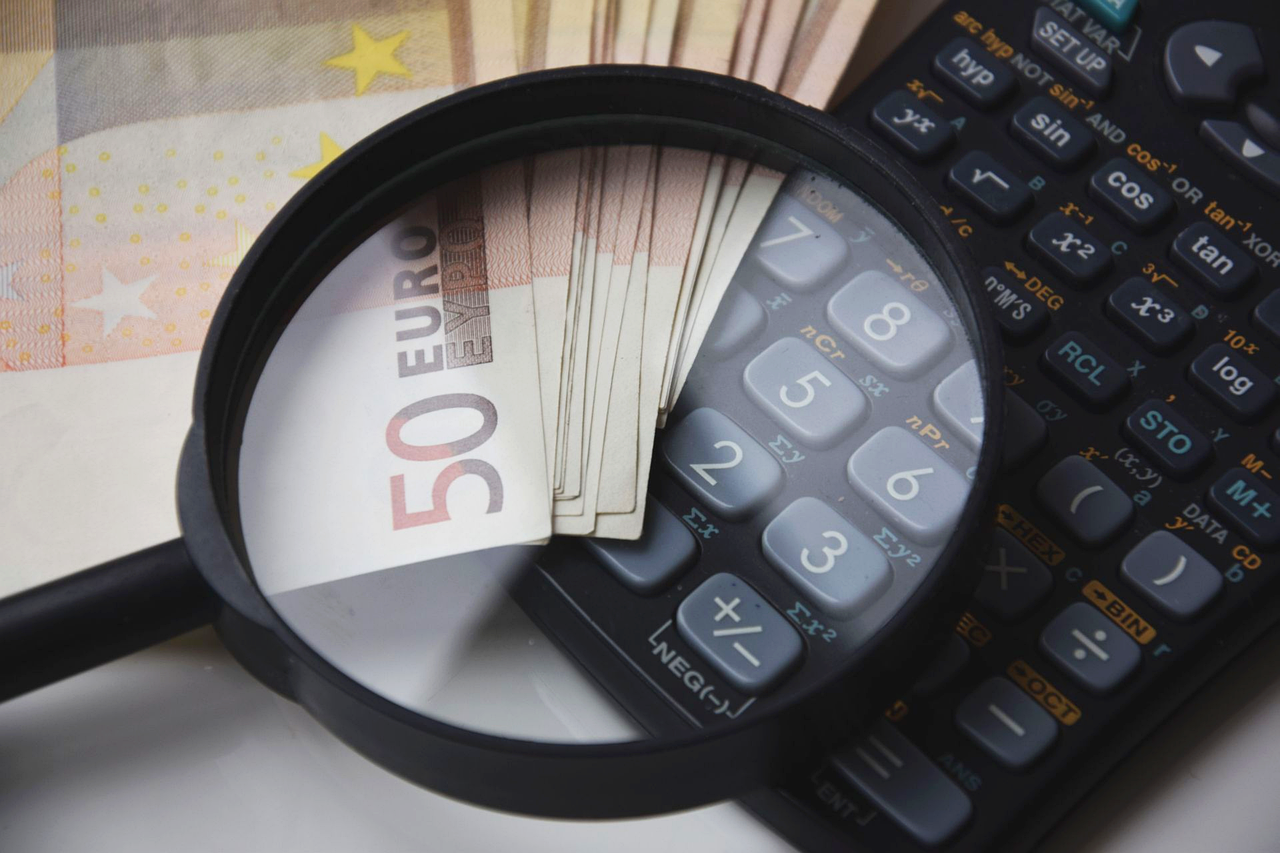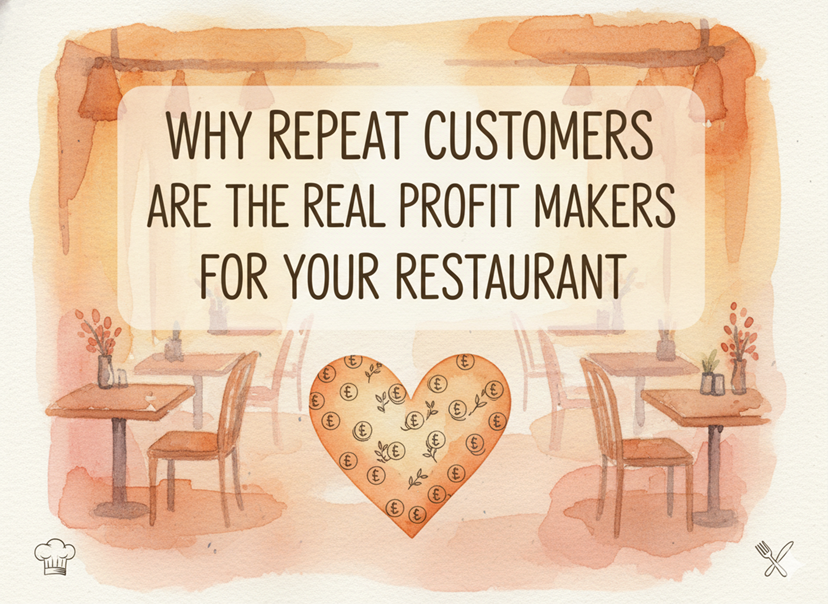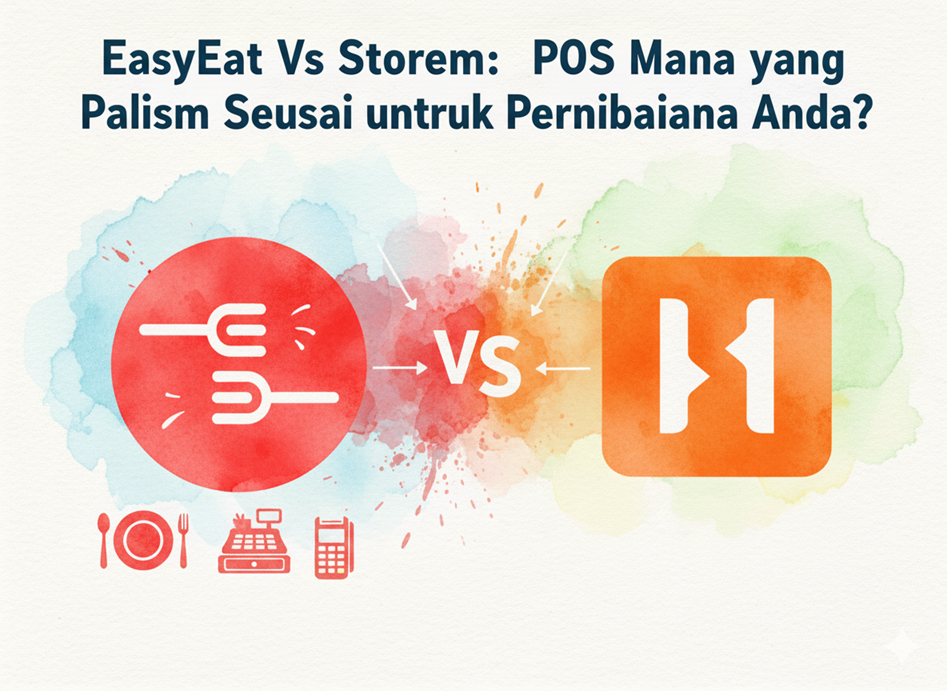In the previous blog, you read about What is food cost percentage, how you can calculate it, and how it is different from COGS. Today, we’ll discuss why food cost percentage matters, How you can use it to set the menu prices, and how you can reduce food cost percentage in your restaurant. Understanding this key metric and knowing how to use it to set your menu prices can boost your profits and keep your customers happy.
Why does Food Cost Percentage Matter?
- Profitability: Keeping your food cost percentage in check ensures you’re not overspending on ingredients and losing profit.
- Pricing Strategy: It helps you set the right prices for your dishes, balancing affordability for customers and profitability for you.
- Inventory Management: Understanding food cost percentages can highlight where you’re overspending, helping you make smarter purchasing decisions.
Using Food Cost Percentage to Set Menu Prices
Here’s a simple formula to determine the ideal selling price of a dish:
Selling Price=Cost of Ingredients/Desired Food Cost Percentage
Let’s say you want a food cost percentage of 30%, and your dish costs RM15 to make:
Selling Price=15/0.30=RM50
This price covers your ingredient costs and helps maintain a healthy profit margin.
Reducing Food Cost Percentage with a POS System
One of the best ways to manage and reduce your food cost percentage is by using a POS (Point of Sale) system. Here’s how it can help:
- Inventory Management: A good POS system tracks your inventory in real time. You’ll know exactly what you have and what you need, reducing waste and over-ordering.
- Wastage Reduction: By monitoring stock levels and expiration dates, you can minimize spoilage and waste.
- Sales Recommendations: POS systems can recommend dishes to customers based on past orders and preferences. This helps increase the average order value, covering food costs more effectively.
For Example
Imagine your restaurant sells a popular dish, Nasi Lemak, which costs RM8 to make. You initially sell it for RM20, giving you a food cost percentage of:
(8/20)×100=40%
By using a POS system, you notice that by recommending a side dish or drink, you can increase the average order value to RM30. Now, if the food cost of Nasi Lemak stays the same, your new food cost percentage is:
(8/30)×100=26.7%
This simple adjustment boosts your profit margins significantly.
Other Ways to Bring Food Costs Down
- Portion Control: Ensure consistent portion sizes to avoid over-serving. Train your staff to measure ingredients accurately.
- Seasonal Menu: Use seasonal and locally sourced ingredients. They are often cheaper and fresher, reducing your overall food cost.
- Supplier Negotiation: Build relationships with suppliers and negotiate better prices for bulk purchases or regular orders.
- Menu Engineering: Analyze your menu to identify high-cost and low-profit items. Consider removing or re-pricing these dishes. Focus on promoting high-margin items.
- Waste Management: Implement a waste tracking system to understand what gets wasted and why. Use this data to make informed purchasing and menu decisions.
Understanding and managing your food cost percentage is essential for running a profitable restaurant. By using a POS system, controlling portions, optimizing your menu, and negotiating with suppliers, you can keep your food costs low and your profits high. Remember, a small change in your food cost percentage can lead to a big difference in your bottom line.
Start by evaluating your current food costs and see where you can make improvements. Your restaurant’s profitability depends on it!




